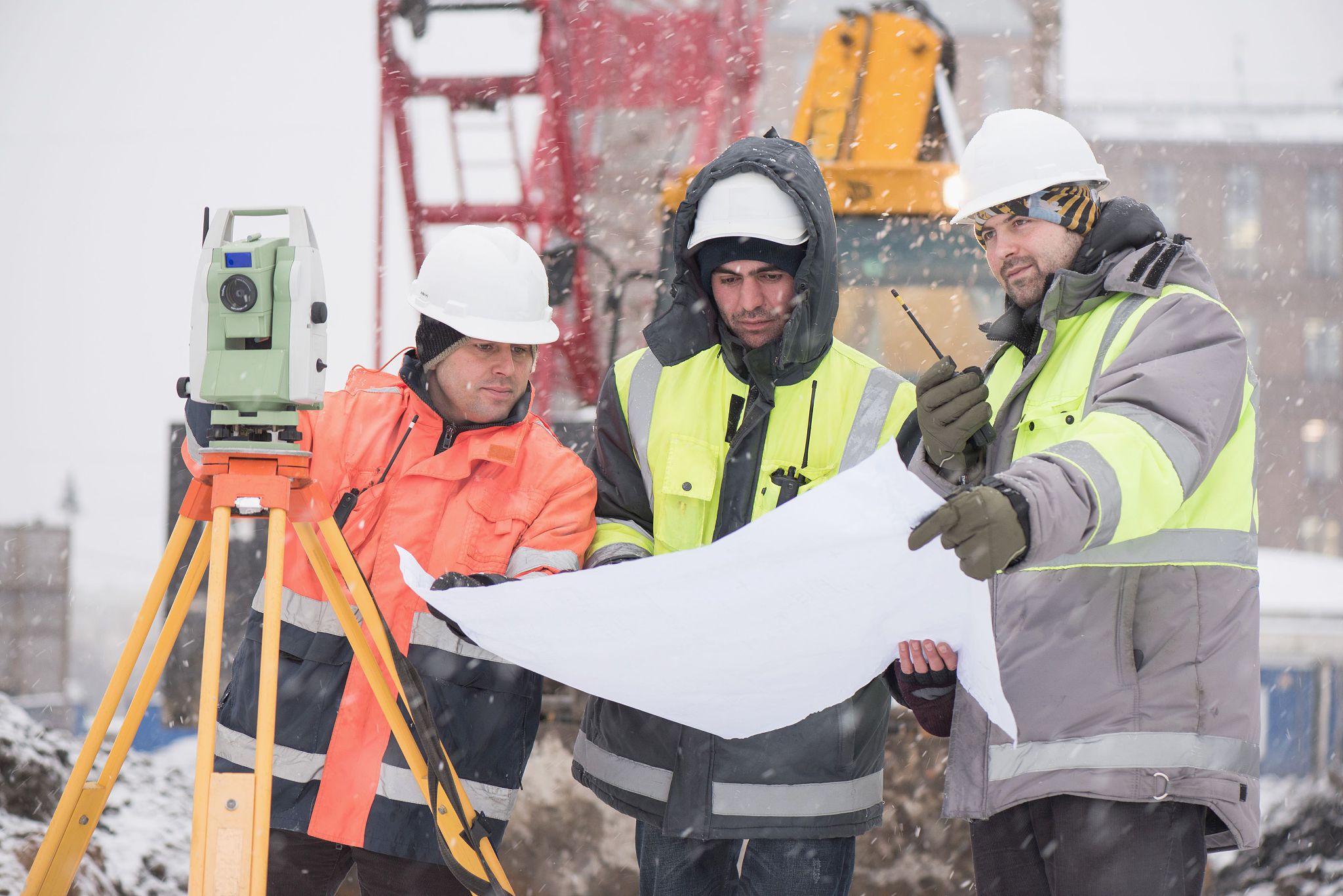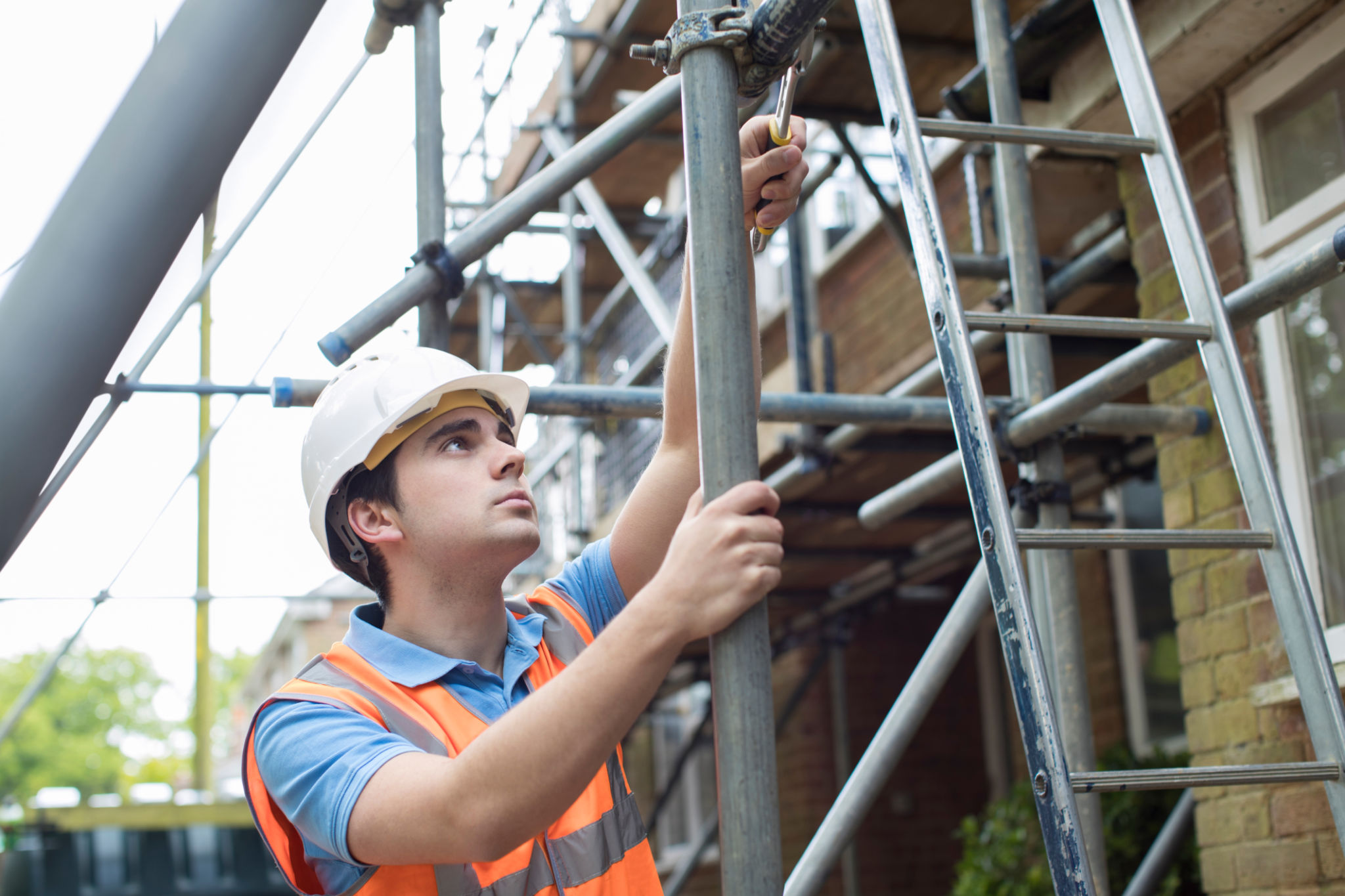A Guide to Safe Scaffolding Use During Winter Construction Projects
Understanding the Challenges of Winter Construction
Winter construction projects pose unique challenges, especially when it comes to the use of scaffolding. Cold temperatures, snow, and ice can create hazardous conditions, making it crucial for workers to follow strict safety protocols. Ensuring the safe use of scaffolding during these months is essential to prevent accidents and maintain productivity.

Preparation: The First Step to Safety
Before any scaffolding is erected, proper preparation is key. This includes conducting a thorough site assessment to identify potential hazards such as uneven ground or overhead power lines. It's also important to check the weather forecast and plan construction activities around adverse weather conditions whenever possible.
Ensure that all scaffolding components are in good condition and free from damage. This includes checking for rust, cracks, or any signs of wear and tear that could compromise the structure's integrity. Regular maintenance and inspections should be part of your routine, especially in harsh winter environments.
Building a Safe Scaffolding Structure
The safe erection of scaffolding is critical for winter construction projects. It is essential to use proper techniques and equipment to build a stable framework. Here are some tips to ensure safety:
- Use base plates and mud sills: These provide a stable foundation and prevent the scaffolding from sinking into soft or thawing ground.
- Secure all connections: Tighten bolts and ensure all components are securely fastened to withstand strong winds and heavy snow loads.
- Install guardrails: Protect workers from falls by installing guardrails on all open sides of the scaffolding platform.

Safety Protocols for Workers
Worker safety should always be a top priority. During winter, additional precautions are necessary to protect workers from the elements while using scaffolding. Workers should dress appropriately in layered clothing, ensuring they stay warm without restricting movement. Non-slip footwear is also crucial to prevent slips on icy surfaces.
It's equally important to conduct regular safety meetings to remind workers about potential hazards and the importance of adhering to safety protocols. Providing training on proper scaffolding use and emergency procedures can significantly reduce the risk of accidents.
Ongoing Maintenance and Monitoring
Once scaffolding is erected, continuous monitoring and maintenance are vital. Inspect the structure daily for ice accumulation or any weather-related damage. Removing snow and ice promptly can prevent slips and falls, as well as reduce the weight load on the scaffolding.
Regularly check for any signs of instability or damage caused by harsh weather conditions. If any issues are identified, address them immediately to ensure the safety of all workers involved in the construction project.

Emergency Preparedness
Being prepared for emergencies is an essential aspect of safe scaffolding use during winter construction. Develop an emergency response plan that includes evacuation procedures, first-aid measures, and communication protocols. Ensure that all workers are familiar with this plan and know how to respond in case of an emergency.
Having a well-stocked first-aid kit on-site can make a significant difference in responding to injuries quickly and effectively. Additionally, equip workers with communication devices to ensure they can call for help if needed.
Conclusion: Prioritizing Safety in Winter Construction
By following these guidelines, construction teams can ensure that scaffoldings are used safely during winter projects. The combination of careful planning, proper equipment maintenance, worker training, and emergency preparedness will create a safer working environment, minimizing risks and enhancing overall productivity.
Remember, safety is not just a checklist but a commitment to protecting the lives of every worker on-site. By prioritizing these practices, construction projects can continue smoothly even during the harshest winter conditions.